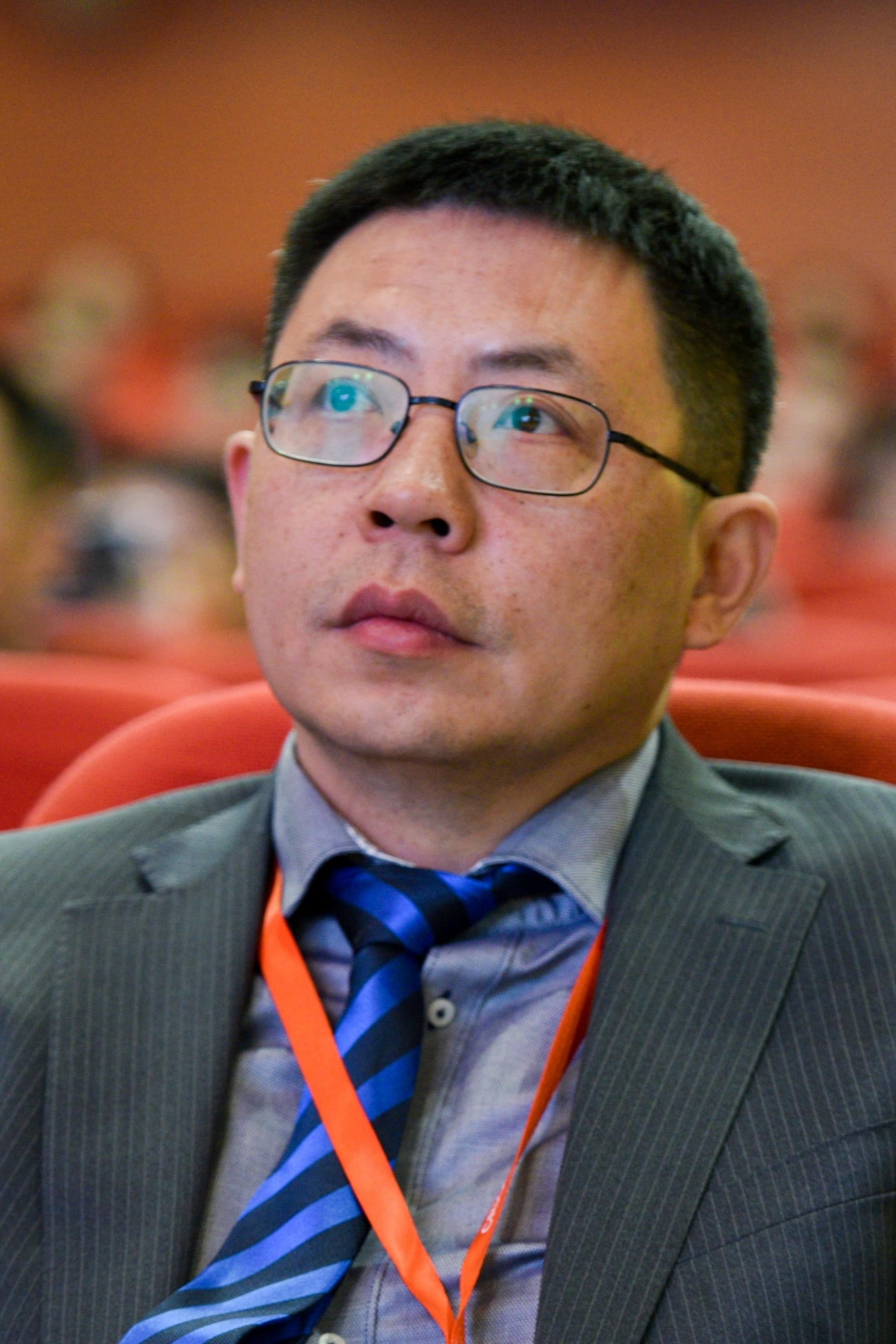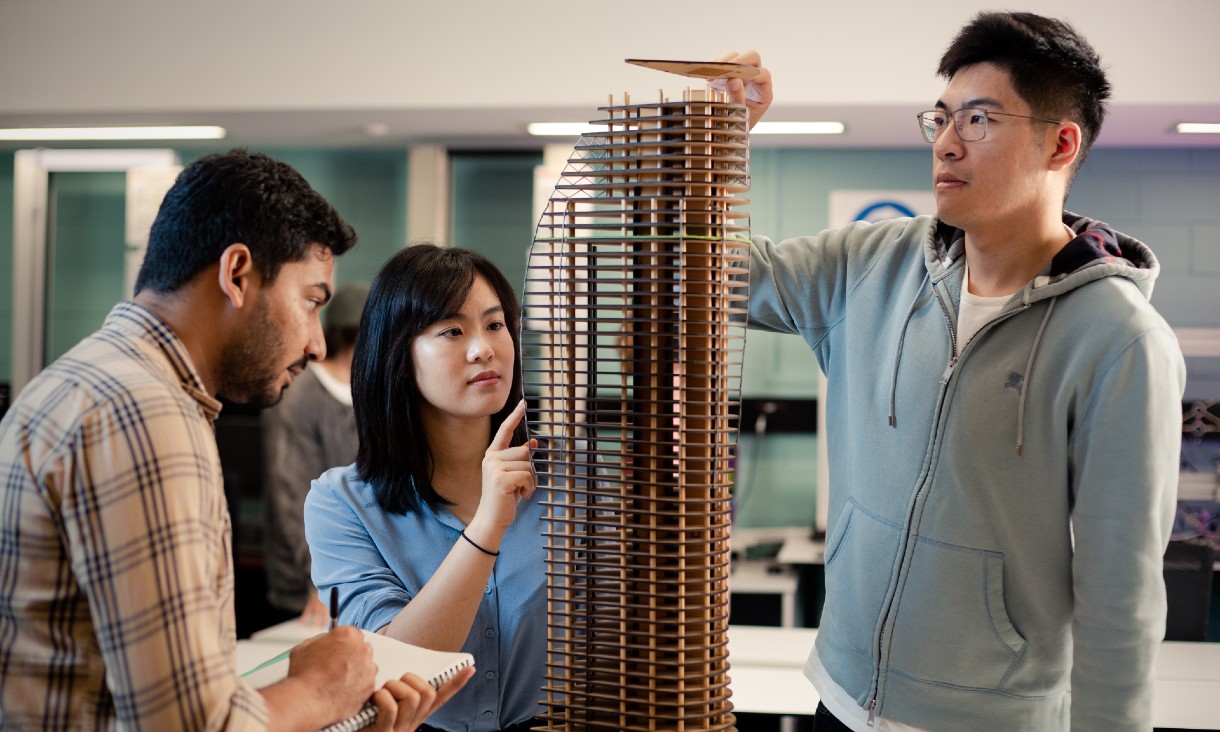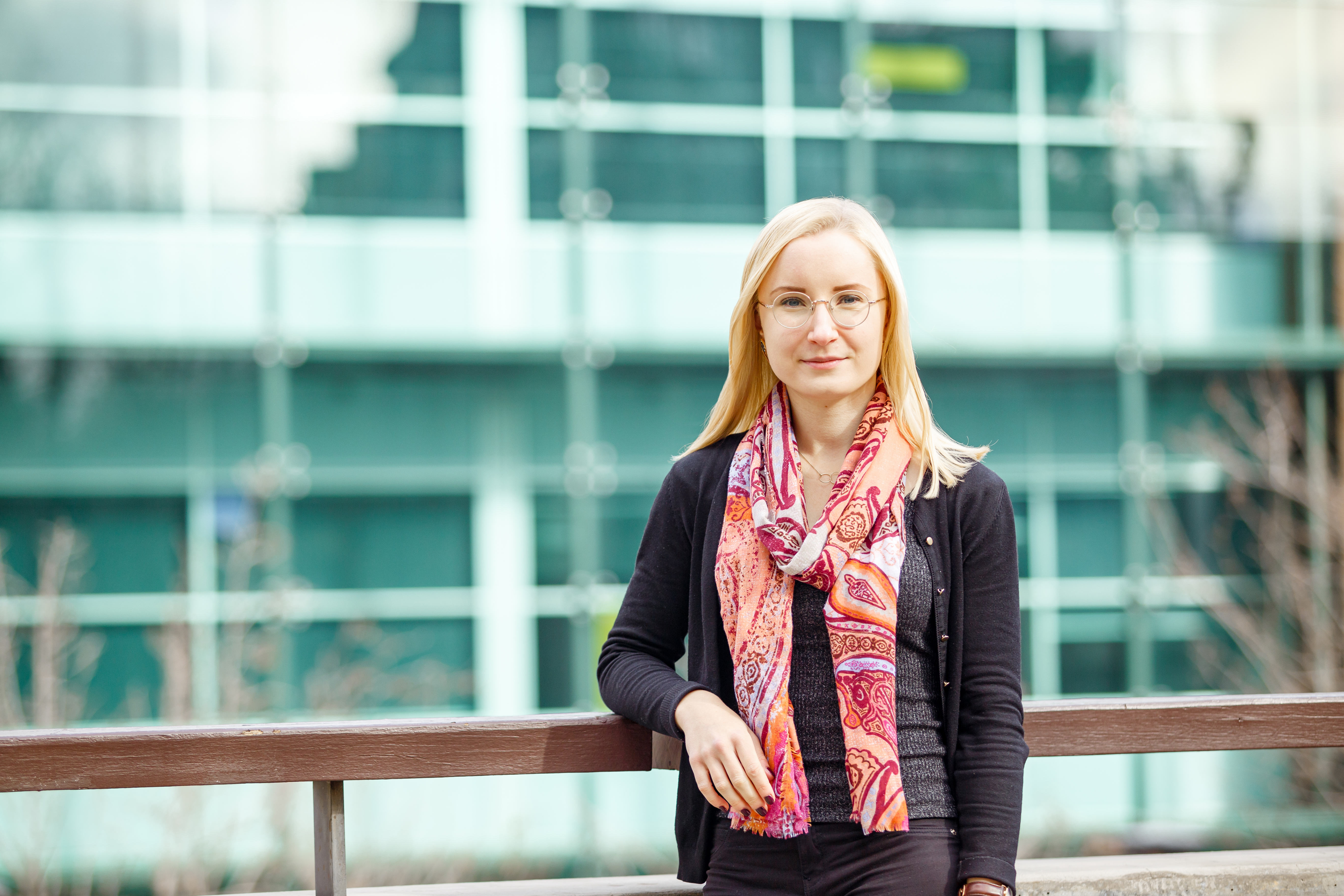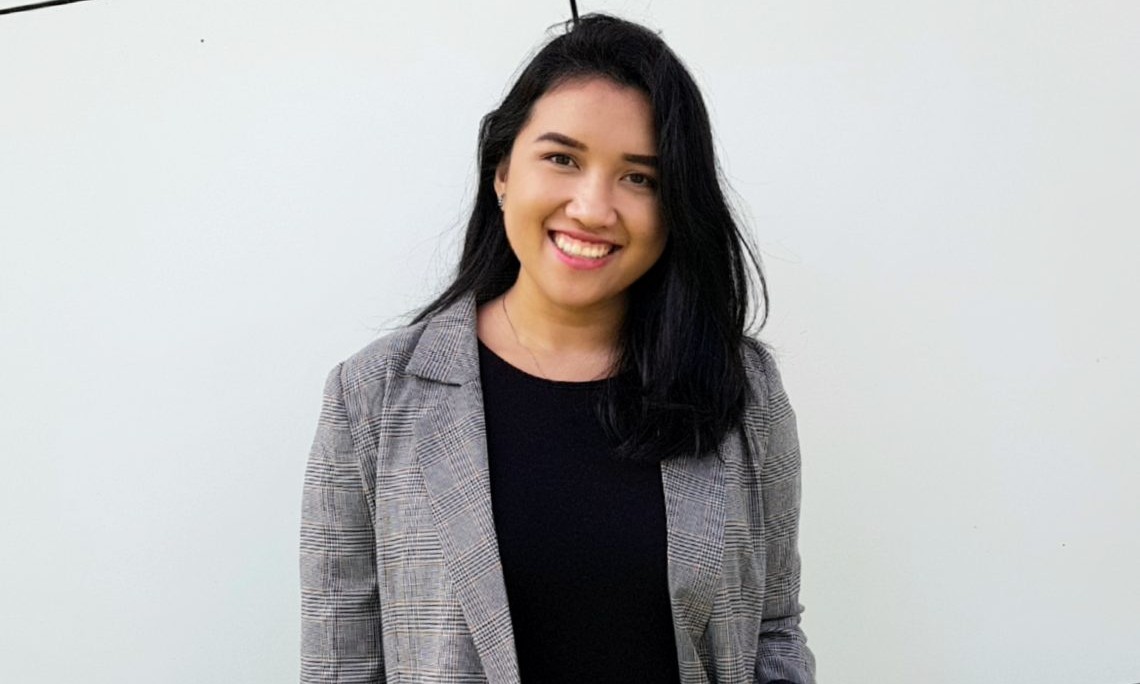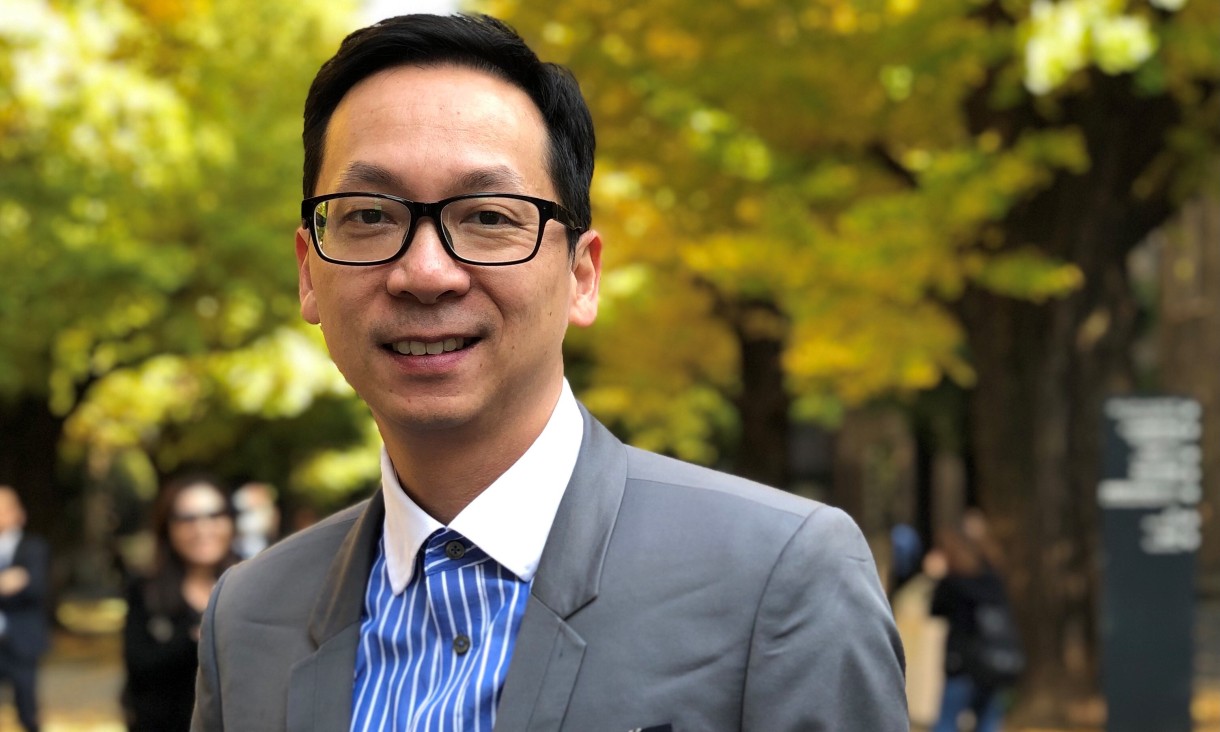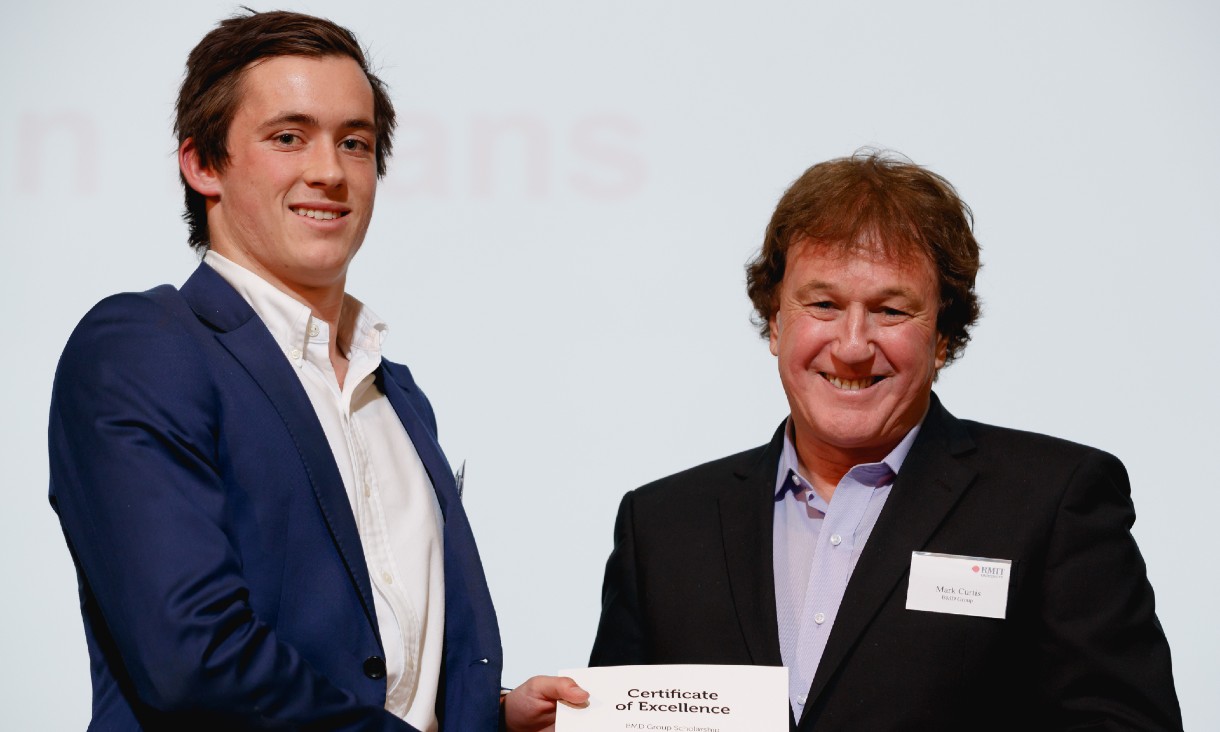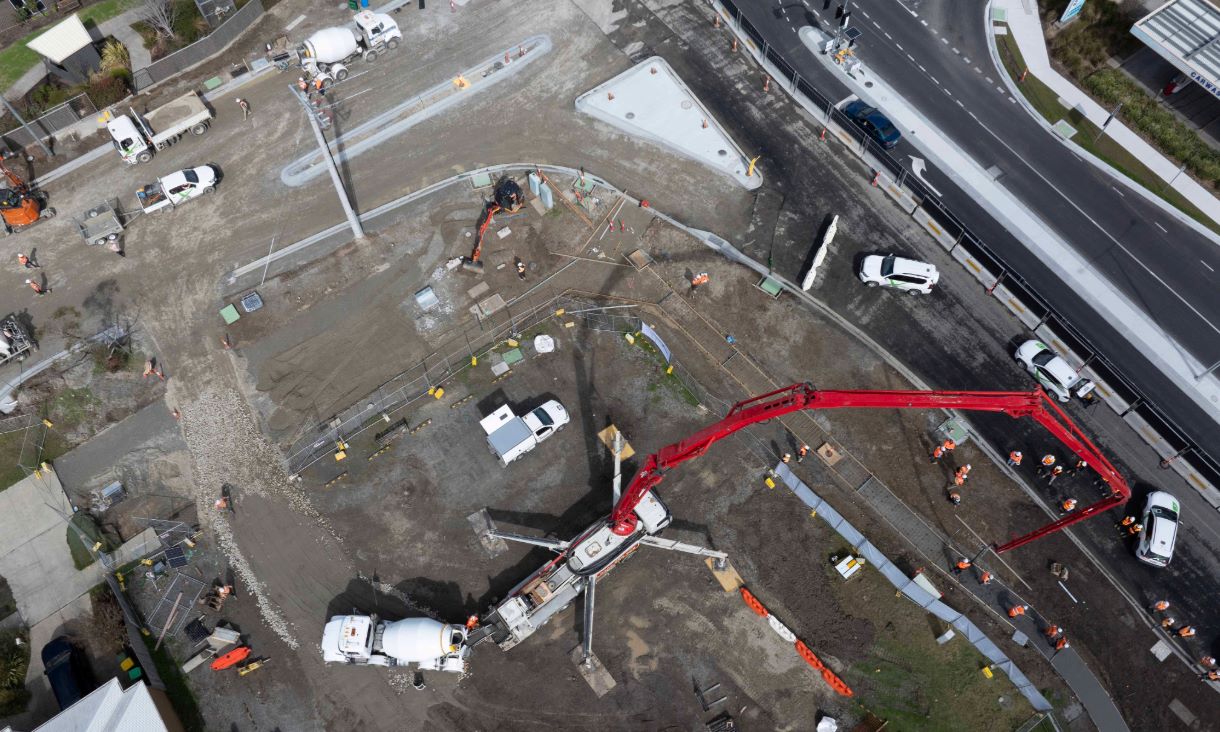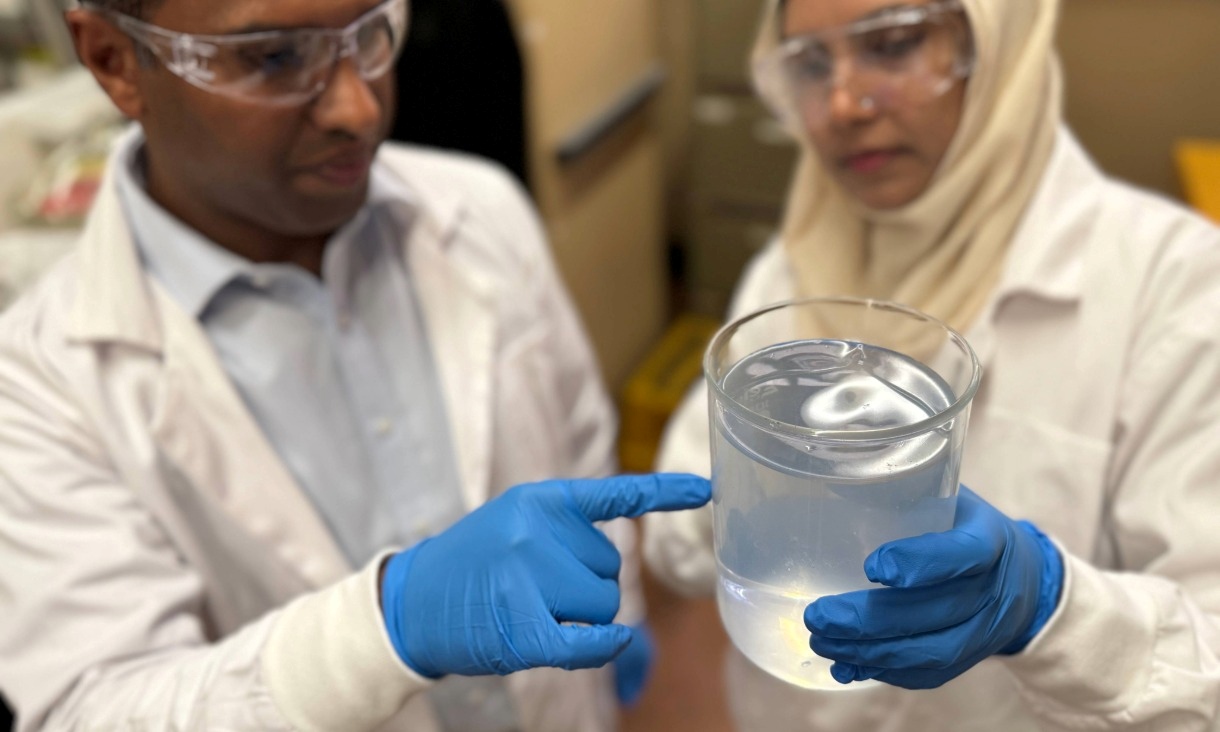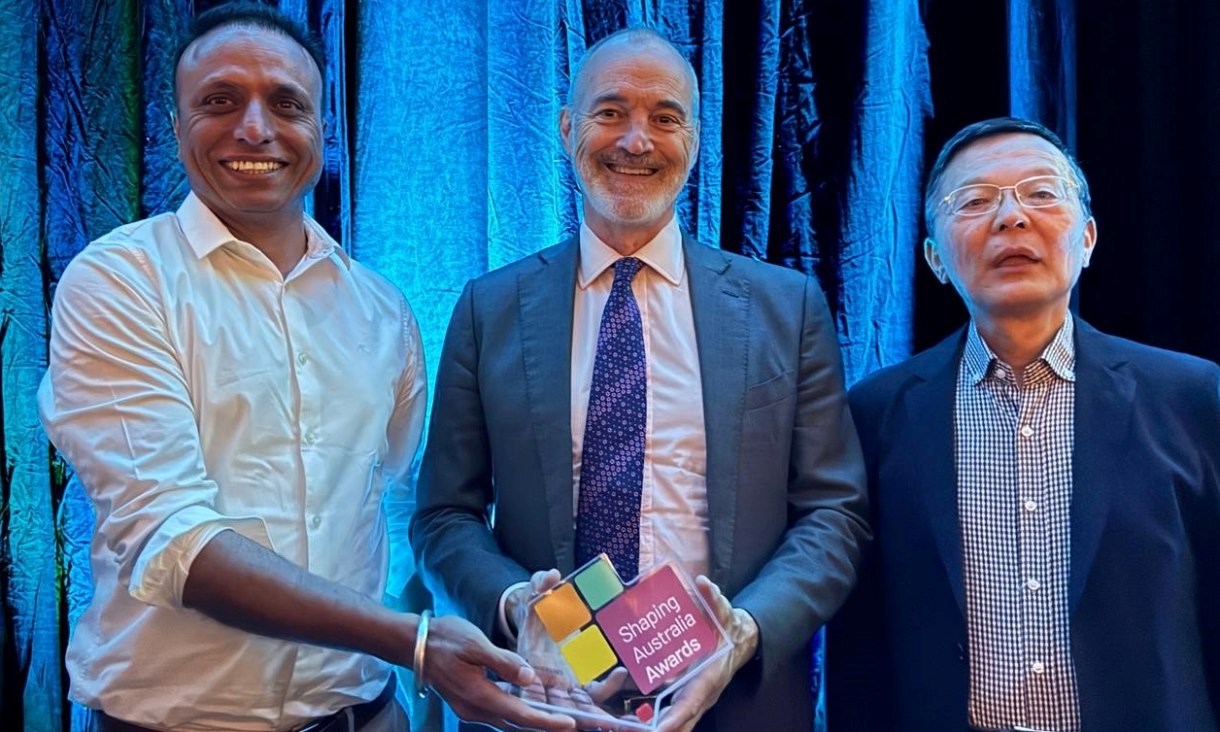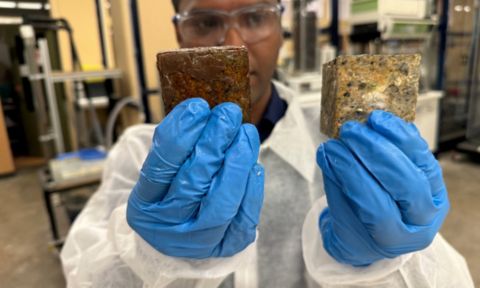Coffee waste helps make lower carbon concrete
RMIT researchers are advancing new ways to cut the carbon footprint of infrastructure by turning everyday organic waste into useful construction materials.
New wastewater tech tackles fatbergs at the source
A new wastewater treatment system developed by RMIT University researchers could help prevent fatbergs – solid masses of fat, oil and grease (FOG) that clog sewers and cost water utilities globally billions to remove each year.
Coffee concrete wins national research award
RMIT University’s coffee concrete innovators have won an award at Universities Australia’s Shaping Australia Awards in the Problem Solver category, after tallying the most votes from the public.
Anti-fatberg invention could help unclog city sewers
Engineers from RMIT University have invented a protective coating for concrete pipes that could help drastically reduce the formation of fatbergs in sewers.
